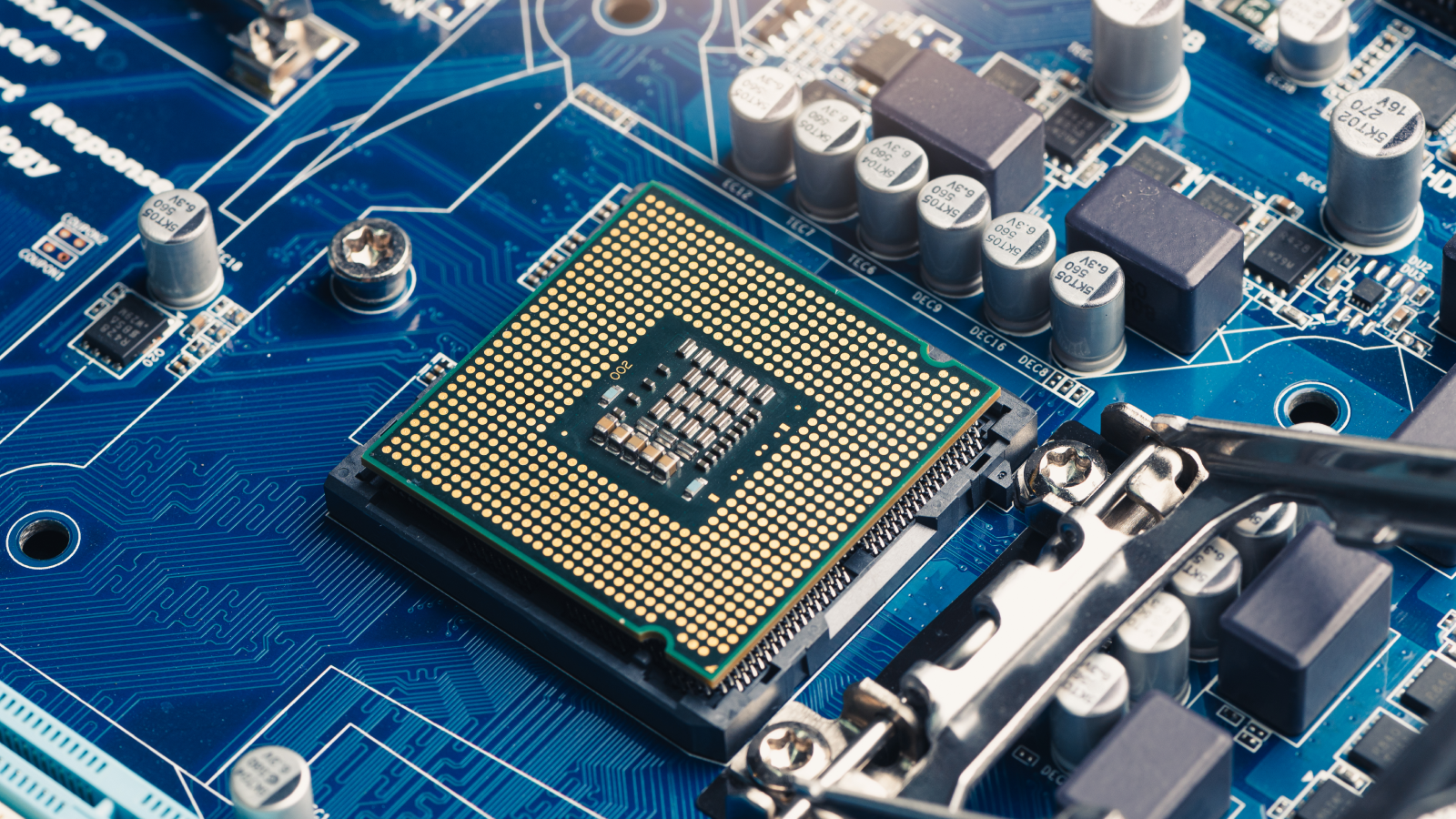“The new device is built from arrays of resistive random-access memory (RRAM) cells… The team was able to combine the speed of analog computation with the accuracy normally associated with digital processing. Crucially, the chip was manufactured using a commercial production process, meaning it could potentially be mass-produced.”
Article is based on this paper: https://www.nature.com/articles/s41928-025-01477-0



It uses 1% of the energy but is still 1000x faster than our current fastest cards? Yea, I’m calling bullshit. It’s either a one off, bullshit, or the next industrial revolution.
EDIT: Also, why do articles insist on using ##x less? You can just say it uses 1% of the energy. It’s so much easier to understand.
I mean it‘s like the 10th time I‘m reading about THE breakthrough in Chinese chip production on Lemmy so lets just say I‘m not holding my breath LoL.
Yeah it’s like reading about North American battery science. Like yeah ok cool, see you in 30 years when you’re maybe production ready
I’m ready for this entire category of “science blog” website to disappear. Mainstream media are bad enough at interpreting movements in science, but these shitty little websites make their entire living off of massively overblowing every little thing. Shame on OP and anyone who posts this kind of garbage.
But it only does 16x16 matrix inversion.
Oh noes, how could that -possibly- scale?
To a billion parameter matrix inverter? Probably not too hard, maybe not at those speeds.
To a GPU, or even just the functions used in GenAI? We don’t even know if those are possible with analog computers to begin with.
@TheBlackLounge @kalkulat LLM inference is definitely theoretically possible on analog chips. They just may not scale :v
https://www.nature.com/articles/s41928-025-01477-0
Here’s the paper published in Nature.
However, it’s worth noting that Nature has had to retract studies before:
https://en.wikipedia.org/wiki/Nature_(journal)#Retractions
Not saying that we shouldn’t trust anything published in scientific journals, but yes, we should wait until more studies that replicate these results exist before jumping to conclusions.
I would imagine there’s a kernel of truth to it. It’s probably correct, but for one rarely used operation, or something like that. It’s not a total revolution. It’s something that could be included to speed up a very particular task. Like GPUs are much better at matrix math than the CPU, so we often have that in addition to the CPU, which can handle all tasks, but isn’t as fast for those particular ones.
coming from china, more like 1 -off bs, with nothing to backup on.
They’re real, but they aren’t general purpose and lack precision. It’s just analog.
It’s a weird damn lie if it is.
And the death of the American economy if it isn’t, fingers crossed.
As someone with a 401k I really hope it isn’t.
The economy crashing won’t hurt billionaires but will kill the middle class.
If anything the economy crashing will allow the 0.1% to buy up anything they haven’t gotten already.
And now you see why they want to crash the economy.
What middle class? 🤔
The one so worried about their 401Ks they won’t risk the ire of the rich.
Yeah this is literally what happened in 2008. Economic instability stopped banks from lending to would be individual home buyers, but corpos bought up everything they could eagerly with a 20% price cut.
Economic instability is generally better for the people who can weather the storm, i.e. those with resources to spare, because (as you say) they can buy assets on the cheap when the less fortunate run out of cash to survive on and have to liquidate.
It’s long periods of stability that seem to let the lower classes build up a little. Yet another reason why war and strife is of benefit to the rich.